Crux of a Core, Part 1 - addressing J Storrs Hall
Posted on 26 February 2011 by Rob Honeycutt
Over the past couple of years perusing the internet on climate issues I have repeatedly come upon various misrepresentations of the GISP2 ice core record here and here and here and here and here and here and here and here and here. (I could literally list at least a 100 more locations where I find this exact same argument on the internet. You can google: "hockey stick gisp2" and see.) Each misrepresentation misses the very basic point that an ice core - any ice core or any other proxy - is a local record of temperature. Using a single ice core record as a proxy for global temperature is a little like reading the thermometer on your back porch and claiming you know the global average temperature.
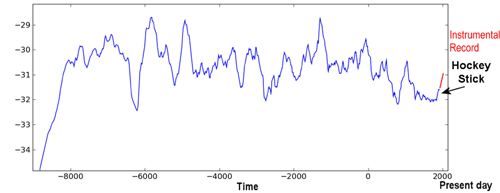
Fig. 1: GISP2 as presented on Watts Up With That, conflating a local record with a global record.
One of the major challenges in today's world is that misinformation pops up and propagates like rabid bunnies before the scientific community can effectively address the erroneous information.
The original source of this specific misinformation seems to come from J Storrs Hall, a nano technology engineer from the Foresight Institute. When this blog post hit the internet it quickly made the rounds to all the popular climate skeptic blogs and is now a permanent resident of the "interweb" and continues to misinform people.
Let's get to the crux of this core. First, let's look at where it's located. We find the core comes from the summit of the Greenland Ice Sheet at 72.6 N 38.5 W at an elevation of 3200 meters. This is well above the Arctic Circle and very high in altitude as well. The location is logical because this is where one would expect to drill in order to find the oldest ice possible.
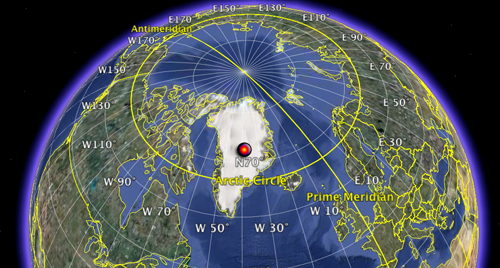
Fig. 2: Google Earth image for the location of the GISP2 project.
Hall presents GISP2 as if it were a global record and makes no attempts to clarify that it is not nor does he even hint that he has any inclination that this is the case. On a whim I decided to send a brief email to Dr Richard Alley, one of the principal investigators for the GISP2 temperature reconstruction. He very kindly abliged me with a response saying, "GISP2 is GISP2, not the world" and also directed me to an article on Andy Revkin's DotEarth blog where he addresses the issue more in depth.
Let's not just take Dr Alley's word from the NYT. What we can do is look directly at the research. In Alley 2010 History of the Greenland Ice Sheet: paleoclimatic insights we find in section 2.2.6, they state "Preferential condensation of the heavier species [of O18 isotopes] causes them to be progressively depleted in air mass, and thus in precipitation, with cooling. Although linked to a site temperature, O18 is affected by the seasonal distribution of precipitation and other factors (Joezel et al., 1997; Alley Cuffey, 2001), requiring additional paleothermometers." This clearly tells us that oxygen isotope ratios (like the ones used for GISP2) are measuring a local record of temperature for the summit of the Greenland ice sheet, and are not a global proxy.
But, what does this mean? Still we are left with data that suggests the Holocene, even if it's just northern latitudes or even just Greenland, has been far warmer than today. When we begin to bring in more lines of evidence we get a clearer picture of the Holocene. More importantly, we actually understand that the gradual cooling since the Holocene Thermal Maximum (HTM) has been driven by changes in the tilt of the planet, so aptly demonstrated via Dr Alley's bald spot (and thereby giving new purpose to my own polar thinning).

Fig. 3: Composite diagram of Holocene temperature records (data sources here).
In Miller 2010 (section 12.2) they describe the cooling trend over the past 6k years as a "Neoglaciation." They state, "Where quantitative estimates of temperature change are available, they generally indicate that summer temperature has decreased by 1-2C during this initial phase of cooling." This is a far cry from what Mr Hall is attempting to indicate with his presentation of GISP2 data, and arguably we have now warmed the planet again - in spite of an early phase of obliquity forced glaciation - by almost half the natural cooling of the Holocene. This again corroborates Dr Alley's statement during the subcommittee hearing that "Based on about 5 lines of evidence the HTM was about 1C warmer than today." Miller 2010 actually goes a little further and lists the following:
- Agassiz Ice Cap (Moerner and Fisher, 1990)
- Devon Island (Fisher 1979)
- Greenland (Alley and Anandakrishnan, 1995)
- Greenland (Vinther et al., 2008)
- Indications from borehole thermometry (Cuffey et al., 1995)
- Retreat of large marine mammals and warm-water-dependent mollusks from the Canadian Arctic (Dyke and Savelle, 2001)
- Southward migration of northern treeline across central Canada (MadDonald et al., 1993)
- and Eurasia (MacDonald et al., 2000b)
- and Scandinavia (Barnekow and Sandgren, 2001)
- Expansion of sea-ice cover along the shores of the Arctic Ocean and Ellesmere Island (England et al., 2008)
- and in Baffin Bay (Lavac et al., 2001)
- and in the Bering Sea (Cockford and Frederick, 2007)
- Shift in vegetation communities inferred from plant macrofossils and pollen around the Arctic, including Wrangel Island (Lozhkin et al., 2001; Bigelow et al., 2003)
- Assemblage of microfossils and the stable isotope ratios of foraminirera (Jennings et al., 2002)
- and the western Nordic seas (Koc and Jansen, 1994)
(Note: These are not directly related to the diagram in Fig 3.)
If we take a quick stop back at the IPCC to look at radiative forcing from GHG's you can easily see why the planet has warmed since preindustrial times and created a reversal of this neoglaciation.
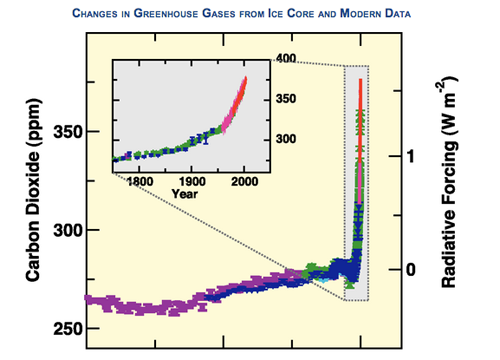
Fig 4: Chart from IPCC AR4 Working Group I: The Physical Science Basis (Scale: 10k yrs to present)
So, what's the take away?
- GISP2 is clearly a local record of temperature for the summit of the Greenland ice sheet, not a proxy for global temperature.
- It requires looking at multiple lines of evidence to piece together a complete picture of the Holocene.
- The Holocene shows a very slow, gradual cooling trend over the past 6,000 years but the mechanisms behind the cooling are well understood.
- The cooling during the past 6,000 years globally is on the scale of 1-2C and we have abruptly altered the trend and are now pushing the planet toward warming.
As Churchill is once purported to have said, "A lie gets half way around the world before the truth has a chance to get its trousers on." This was never more true than with J Storrs Hall's misrepresentation of the GISP2 data.
It's our job, folks, to help the truth get its trousers on.
In Part 2 of this article I will address misrepresentations coming from Dr Bob Carter's use of the GISP2 ice core.
- - - - - - - - - - -
Special thanks to Dr. Alley for taking a few moments out of his busy schedule and very important work to answer a few questions.
Be sure to check out Peter Sinclair's Climate Denier Crock of the Week video on this same topic.
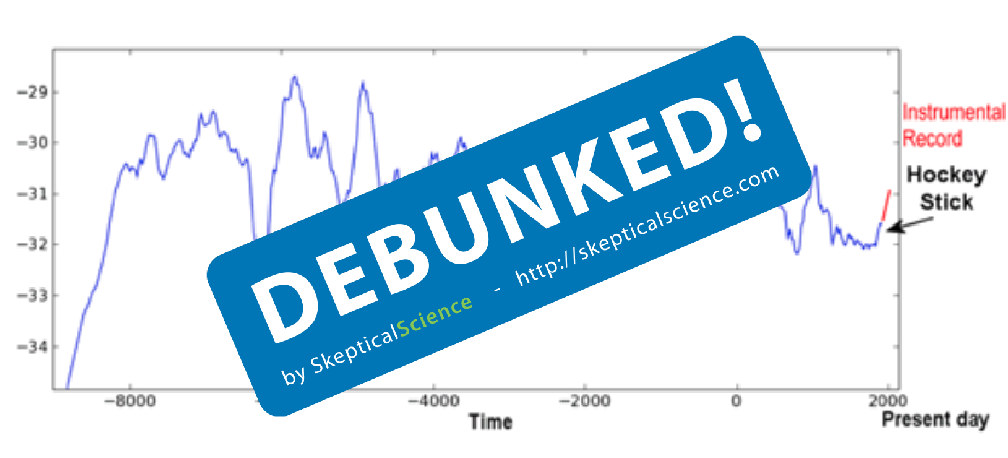
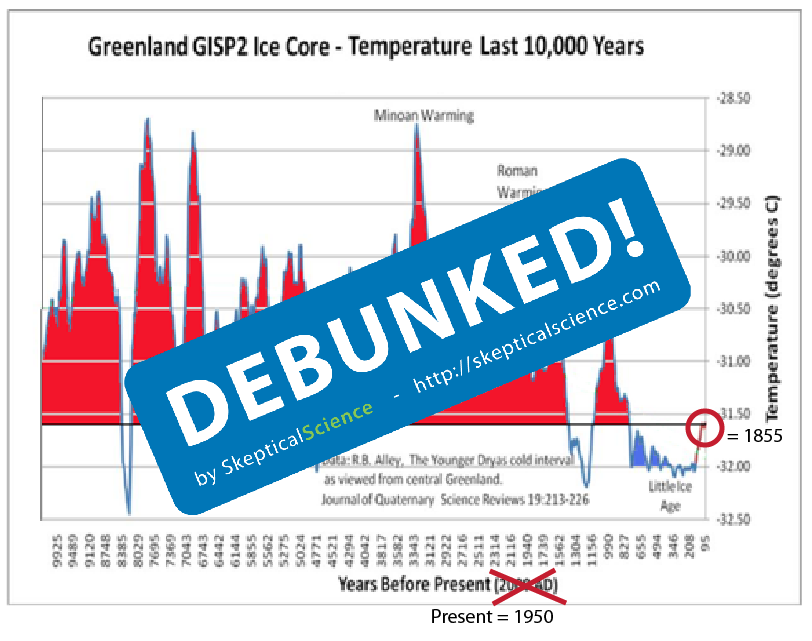































 Arguments
Arguments






























The graph looks like that particular spot in Greenland should have melted away and not been there several times in the past 8000 years. Have the top few feet of ice core been dated by some method other than by counting layers?
Did the altitude change? I think I missed something. Why does the graph have those peaks above the present? It couldn't have gotten that hot in central Greenland. Too much ice would have melted, throwing off your dates.
Greenland ice should have melted completely between 8000 and 6000 years ago, leaving no ice sheet. There must be a correction factor somewhere. Otherwise, how could you have such a deep core?
Asteroid Miner @48, I am unsure as to which graph you are discussing, but presume it to be one of the many graphs of the GISP2 icecore. If you look at the first such graph (at the top of the OP), you will see that the temperatures vary between -32.5 and -28.5 centigrade, sufficiently cold to keep the ice frozen. That is slightly misleading due to the low resolution of the graph. Ngheim et al (2012) document approximately 65 ice melt events at that site in the last 10,500 years, however some years are missing from their documented periods so that the number may be greater than that, but certainly less than 100. The melt layers are very shallow, representing single seasons and in the 2012 season, just two days in July. There is a possibility but no reason to expect that several years data could be melted in particular cases. This presents no major problem because of the low resolution of the records, and because layers deeper in the core are cross correlated with datable events due to volcanic ash in the ice cores.
Ateroid Miner - are you referring to Fig 3? It is a temperature anomaly graph (with respect to mid-20th C temp), not absolute temperature. Local absolute temperature would be in the negative 20-30s. And yes, multiple dating tools have been used on ice core.